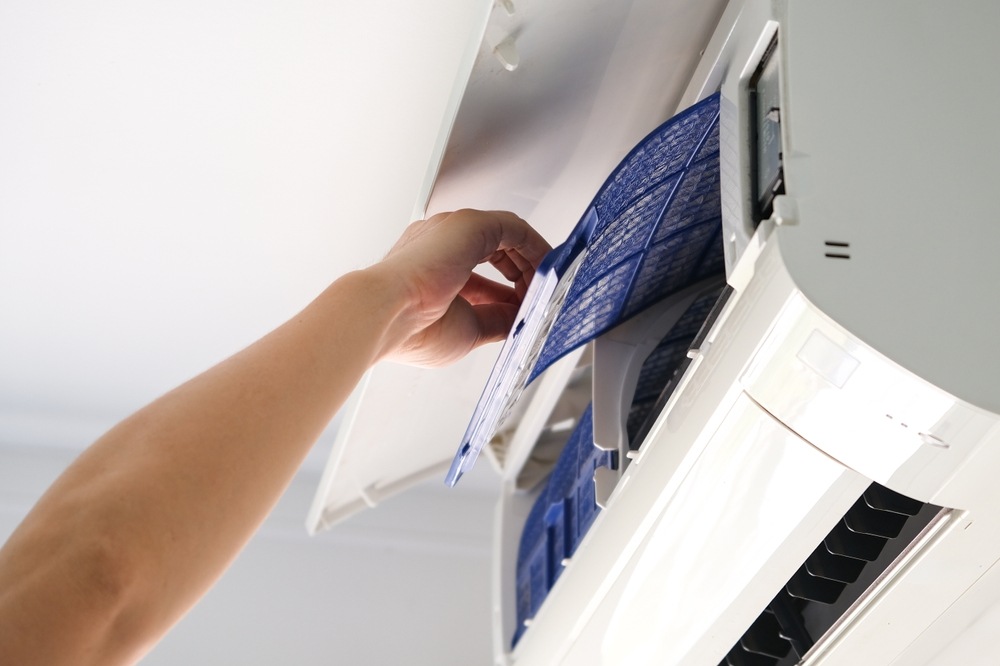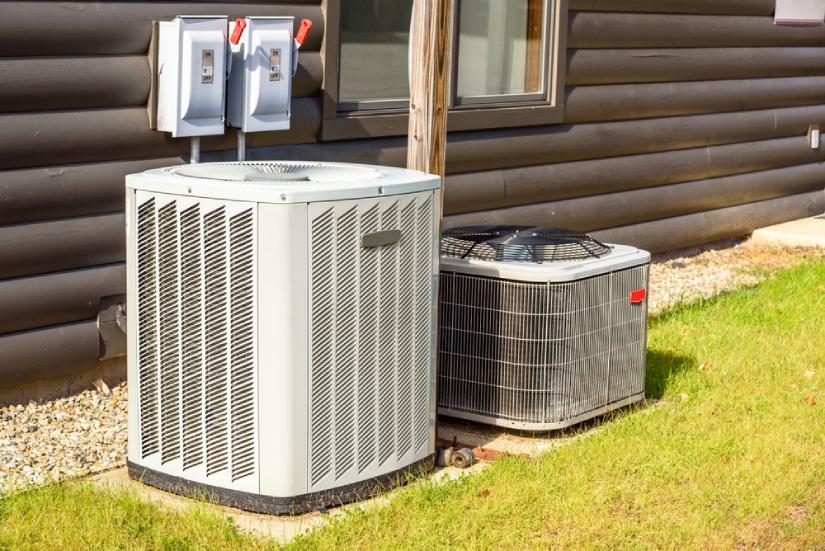Looking for an efficient way to heat and cool your home? A mini split air conditioning system might be the perfect solution! Whether you’re comparing mini split vs central air or wondering about mini split cost, this guide will break it all down.
What is a Ductless Mini Split?
A ductless mini split air conditioning system is a type of heating and cooling system that doesn’t rely on traditional duct systems. Instead of using a central air system to push conditioned air through ducts, mini split air conditioners have an indoor unit connected to an outdoor compressor via refrigerant lines.
This setup makes them an excellent alternative to traditional central air systems, especially for homes that don’t have existing ducts or for adding temperature control to specific rooms.
How Does a Mini Split Work?
The operation of a mini split heat pump or air conditioner is pretty simple:
- Indoor Unit: Mounted on a wall or ceiling, the air handler pulls in warm air, filters it, and cools or heats it as needed.
- Refrigerant Lines: These carry refrigerant between the indoor unit connected to the outdoor compressor, transferring heat in or out.
- Outdoor Compressor: Removes heat from your home in the summer and absorbs heat from outside in the winter (if it’s a mini split heat pump).
- Air Filter: Traps dust and allergens, improving indoor air quality.
- Remotely Controlled: Many ductless mini split systems come with a remote or app, allowing you to control the temperature easily.
Mini Split vs Central Air: What’s the Difference?
If you’re comparing mini splits vs central air, here’s a quick breakdown:
| Feature | Mini Split Air Conditioners | Central Air System |
| Ductwork Needed? | No, works without duct systems | Yes, requires installing ductwork |
| Installation Cost | Lower if no ducts exist | Higher if ducts need to be installed |
| Energy Efficiency | Higher, cools specific zones | Can waste energy cooling unused spaces |
| Temperature Control | Zoned, room-by-room control | One thermostat for whole home |
| Aesthetics | Wall-mounted air handler visible | Vents blend into ceiling or floor |
Both systems have their strengths. A central air system is great for whole-home cooling, while ductless mini split systems provide flexibility and efficiency in specific areas.

Pros and Cons of Mini Splits
Before choosing a ductless mini split, it’s important to consider the pros and cons of mini splits:
Pros:
- Energy Efficient: Uses less power than traditional central air systems, reducing energy bills.
- Flexible Installation: No need to install ductwork, making it great for older homes or additions.
- Zoned Comfort: Set different temperatures for each room, unlike a window unit or central air system.
- Quiet Operation: Much quieter than window units and traditional HVAC systems.
Cons:
- Mini Split Cost: While they save money on energy bills, the upfront cost can be higher than a window unit.
- Aesthetic Concerns: The air handler is mounted on the wall, which some homeowners find unattractive.
- Maintenance Required: Filters need regular cleaning to keep performance high.
Is a Mini Split Right for You?
If you’re deciding between splits vs central air, consider:
- Do you have ductwork? If not, a ductless mini split air system is an easy install.
- Do you want zoned temperature control? Mini splits let you cool only the rooms you use.
- Are you looking to cut energy costs? Mini splits can reduce energy bills compared to traditional systems.
For expert advice on mini split air conditioners and installation, contact Rick’s Affordable Heating & Cooling today!





